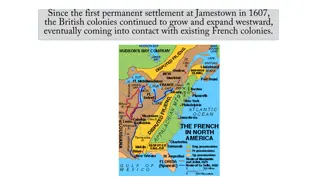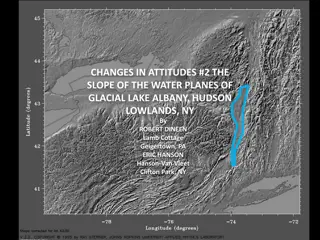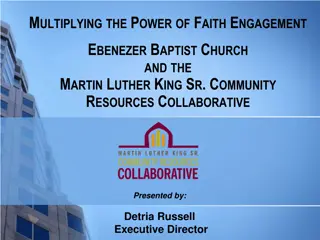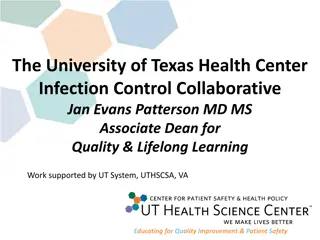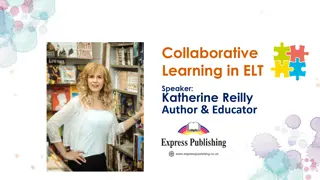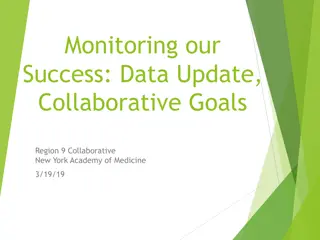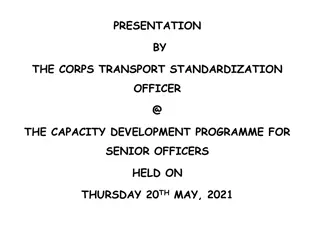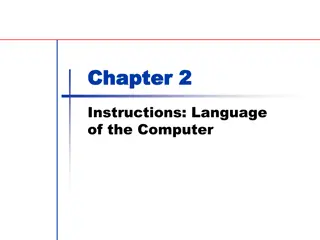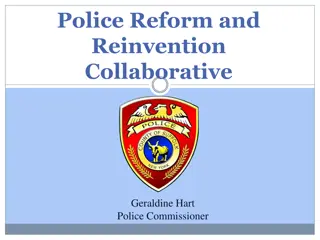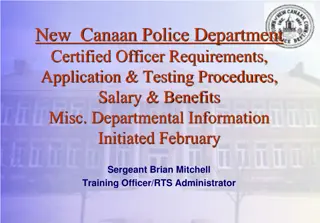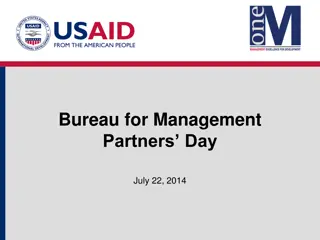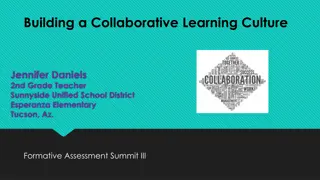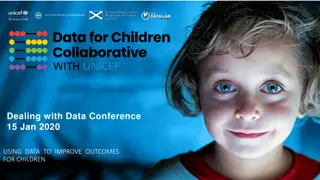Collaborative Science and Operations Officer in Albany, New York
Warren R. Snyder is the Science and Operations Officer at the Weather Forecast Office in Albany, New York. He is actively involved in the Collaborative Science, Technology, and Applied Research (CSTAR) program, which aims to bridge NWS-supported activities with the academic community. The program focuses on quantitative precipitation forecasting, hydrology, tropical and marine modeling, radar forecasting processes, and more. Snyder's work includes collaborative research with various universities and institutions across the U.S., aiming to improve weather prediction, warning processes, and the understanding of precipitation systems in different regions.
Uploaded on Sep 12, 2024 | 0 Views
Download Presentation

Please find below an Image/Link to download the presentation.
The content on the website is provided AS IS for your information and personal use only. It may not be sold, licensed, or shared on other websites without obtaining consent from the author. Download presentation by click this link. If you encounter any issues during the download, it is possible that the publisher has removed the file from their server.
E N D
Presentation Transcript
Warren R. Snyder Science & Operations Officer WFO, Albany, New York
Collaborative Science, Technology, and Applied Research (CSTAR) program Established by the Office of Meteorology* to bring NWS-supported collaborative activities with the academic community into a structured program. Now OCWWS* Program currently under Office of Science & Technology Create a cost-effective transition from basic and applied research to operations and services Grants provided via a competitive grant process to select universities nationally since 2001. About $375K every three years
Quantitative Precipitation Forecasting (QPF), Hydrology ,Tropical/Marine, Modeling and Analysis , Forecast/Warning Processes, Radar Albany/SUNY: Cooperative Research with the NWS on Cool- and Warm-Season Precipitation Forecasting over the Northeastern U.S. Desert Research Institute: Improving WSR-88D QPEs in the Inter-mountain West Florida Institute of Technology: A Real-Time Coupled Wave/Atmospheric Regional Forecast and Analysis System: CWARFS Florida State : Operational system for probabilistic QPF, Ensemble precipitation forecasts, cloud-to-ground lightning climatologies, hydrological modeling for flash flood events Hawaii : Evaluation of Flash Flood Prediction Models for Small Watersheds in Tropical Islands NC State : Improving Understanding and Prediction of Warm Season Precipitation Systems in the Southeastern and Mid-Atlantic Regions , Topographically-forced weather systems in Carolinas and Virginia Oklahoma : A partnership to develop, conduct, and evaluate real-time high-resolution ensemble and deterministic forecasts for convective- scale hazardous weather , Improving Tornado Detection with WSR-88D Using Spectral Analysis Rhode Island : Transitioning coupled hurricane-ocean model to operations Saint Louis: Improved QPF in the Central Region, Improving Prediction of Significant Weather Events in CR Texas A&M: Lightning in the Nowcasting and Warning Process: Cooperative Research Applied to NWS Needs and Priorities Utah : Improved Monitoring, Analysis, and Prediction of High Impact Weather, Numerical Weather Prediction, Local Weather, Mesoscale Observations in Intermountain West Washington : Improvement of Mesoscale Analysis and Prediction , High-resolution numerical weather prediction, grid post-processing, ensemble methodologies, Improving Marine Weather Prediction with Satellite-Derived Products
Three Tiers of Projects Major Foci Collaborative Often trial for projects to upgrade Associate Supporting Projects Two planning meetings per year (May & November) Major component of NROW Involve many Northeast NWS Offices & CWSUs 10-15 NOAA Units Leverage the CSTAR grant to other related local NWS office research
Northeast 500hPa Cut Off Low Climatology Precipitation Distributions w/r to Cold Season Cutoff Cyclones Mesoscale Banded Precipitation Precipitation Distributions w/r to Warm Season Cutoff Cyclones Large Scale Regime Transitions (NAO) Precipitation Distributions w/r to Land falling & Transitioning Tropical System
Mesoscale Aspects of Heavy Snow/Icing Events (Moderate Banding) Mesoscale Structure of Precipitation Regions in Northeast Winter Storms Cool Season Moderate Precipitation Events in the Northeast US Predecessor Rain Events in Advance of Tropical Cyclones Warm Season Lake/Sea Breeze Induced Severe Weather Large Scale Flow Anomalies w/r to Cool Season Precipitation Events High Wind/Winter Severe Convective Events
Fog Forecasting - Improving the forecast of Fog at Elmira New York Workstation ETA / WRF Projects /Great Lakes Ensemble Transition of ensembles of mesoscale models to operational forecasting An Investigation by Multiple Doppler Radars of Sea Breeze Circulations in and Around the New York Bight. Northeast Convective Flash Flood Events Northern New England Inverted Coastal Trough - (NORLUND Trough) Landfalling Tropical Systems - Additional Foci "Outlier Systems Integration of Research Into Operations Upslope Localized Snow Events (Western Maine, Hudson Valley) Compare and Contrast Three Ice Storms over New York Develop WES Simulation of 17 February 2003 Snow Event Hydrometeorological Ingredients Which Enhance Widespread Harmful Algae Blooms in the Gulf of Maine and Massachusetts Bay Watersheds Correlations between Observed Snowfall and NAM Model Parameters Developing Probabilistic Forecasts using Ensembles Five projects not listed that were not completed due to transfers, promotions and death of project leads.
Major Foci Projects Ice Storms and Freezing Precipitation Mesoscale Substructure in Winter Storms Deep Convection, Severe Weather, and Appalachian Lee Troughs Mesoscale Precipitation Substructures Associated with Convective Systems and Landfalling Tropical Systems that cause Flash Floods
Collaborating / Associate ALY Decision Support Services Project (DSS) Integrating Social Science Into Operation Applications of Mesoscale Modeling Improvement of Ceiling & Visibility Forecasts for TAFs Understand the Modulation of the Climate of the Northeast United States by Hudson s Bay (Canada). Understanding Inland Extent of Lake Effect Snow Bands Expanding Operational Use of Known Methods for Forecasting River Ice Formation, Snow Melt and Ice Break up. Integration of Research Into Operations Hudson-Mohawk Convergence Events
Conference presentations Journal and other professional publications Articulate Teletraining Interactive VISIT Session Use in AFDs Webpage - http://cstar.cestm.albany.edu/ Several CSTAR Grad Students hired by NWS




